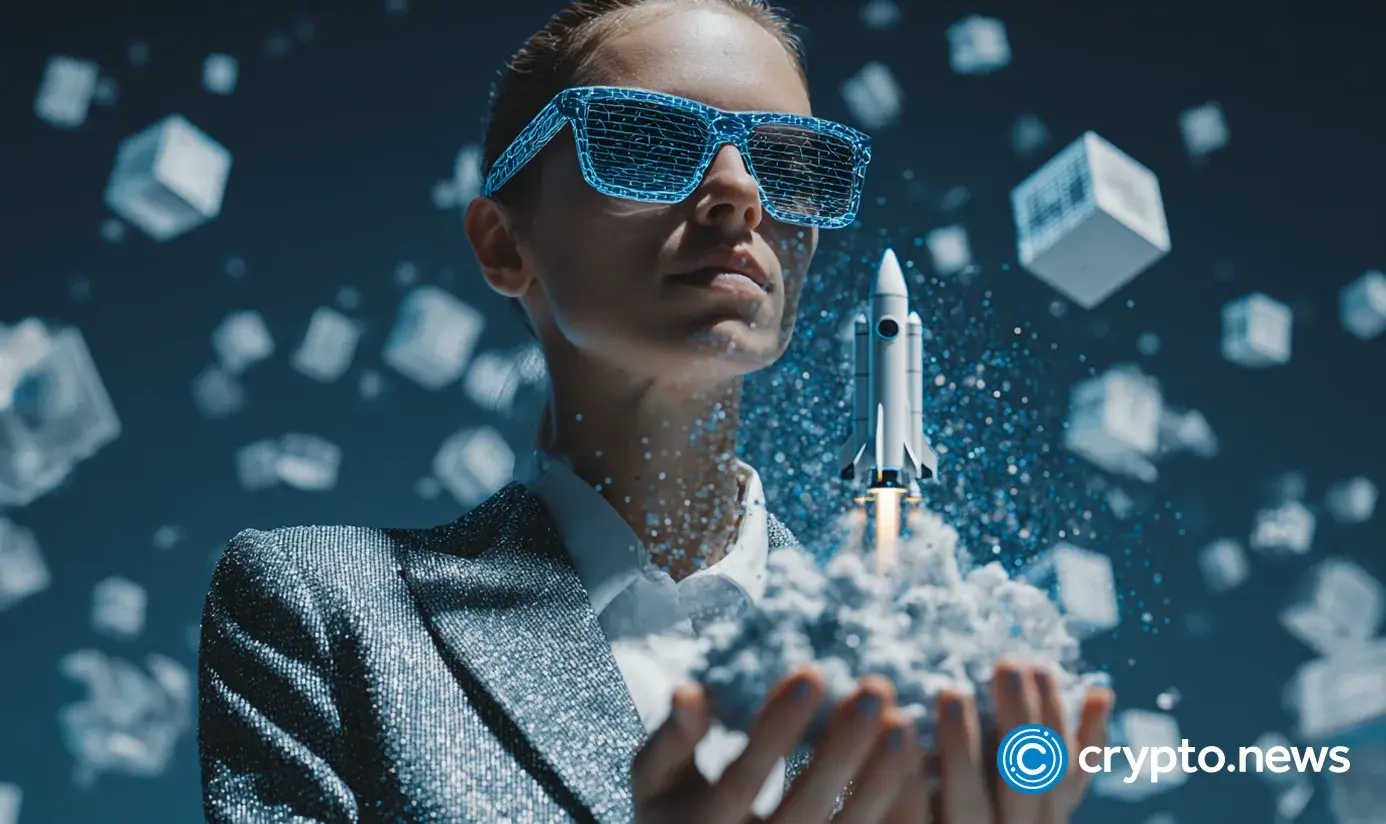
Disclosure: The views and opinions expressed here belong solely to the author and do not represent the views and opinions of crypto.news’ editorial.
In web3 and AI, it’s easy to get swept up in the surface spectacle — the next-gen tech stack, the hottest new token, the latest LLM benchmark. Founders pitch these like talismans, as if the right framework will carry them over every chasm. But here’s the truth every long-term investor learns: the real leverage in a startup has never been the technology. It’s always been people.
Summary
- People, not tech, drive innovation — technology is just a tool; true breakthroughs come from how founders think, adapt, and grow.
- VC is about transformation — the best investors don’t “pick” startups, they help founders evolve faster than their challenges.
- Data is table stakes — metrics, dashboards, and market sizing are commoditized; what matters is grit, emotion, and character.
- Founders aren’t machines — resilience comes from emotional range, flexibility, and the courage to break old models to build new ones.
- The punk side of VC — real venture capital means breaking rules, protecting founder freedom, and betting on people who can reshape reality.
The myth is that technology drives innovation. The reality is that technology merely facilitates, not creates it. Technology is just a snapshot in time — a frozen arrangement of code, infrastructure, and process. Teams evolve faster. Products pivot, markets correct, and strategies shift not because a line of code changed in isolation, but because someone inside the company changed how they thought, how they worked, or what they believed was possible. This focus on people and their changes and growth is what I see as an essential part of the VC space.
When a founder evolves, the company follows. When the founding team grows — not in headcount, but in capacity — products become sharper, markets open up, and strategy takes a new shape.
This is why my focus as an investor isn’t on tracking protocols or memorizing LLM benchmark leaderboards. Those are easy to follow and, frankly, commoditized. What I’m looking for is harder to measure: the quality of human transformation happening inside the founding team. That’s where everything else comes from.
Technology is fast. People are faster — but only when they’re truly seen, challenged, and supported. The job of an investor is not to “pick” a startup like a stock; it’s to cultivate the founder, to help them see what they cannot yet see, and to give them the room and the pressure to grow. And this transformation happens when they face the reality as it is: rough, brutal, challenging, and rewarding. That’s where compounding happens. That’s where the magic of innovation is.
The punk side of venture capital
In many ways, my view on VC is punk. I don’t mean leather jackets and guitar feedback (though, maybe that too). I mean punk as an attitude — pushing the boundaries that were once built, breaking the rules that no one dares to question, refusing to worship the false idols of “how it’s done,” and defending the freedom to create without permission.
Most VC playbooks are built around pattern recognition: track metrics, find traction, chase momentum. I’ve seen the dashboards, the KPIs, the standardized due diligence checklists. Useful? No doubts. But here’s the thing — numbers have already been automated. Data rooms are cleaner than ever, market sizing is a formula, and a half-decent intern can do competitive analysis with open AI tools available for everyone.
What hasn’t been automated are human emotions. The grit of a founder staring down an impossible problem. The electric moment when a team locks into flow and ships something against all odds. The stubborn refusal to quit when rational analysis says “you should.”
You can’t reduce that to a spreadsheet. You can’t replace it with a prompt. You can’t learn it from a text. You have to live through emotions. You have to experience life. You have to be to act. And being is in feelings.
That’s why I look at VC through the prism of emotions, stories, and action. Not because I’m anti-data, but because data has become table stakes. It’s the human layer that remains scarce and decisive. A founder’s story, the way they tell it and live it, is not just marketing. It’s the architecture of how their company moves through chaos. People drive innovation, people change the world, people create new realities, and technology is merely a tool they use to make it happen.
Founders are not machines
We like to talk about founders as if they’re relentless productivity engines: sleep less, execute more, optimize always. But startups aren’t built by machines — they’re built by human beings with contradictory impulses, fears, inspirations, and moments of irrational brilliance.
The most resilient founders I’ve worked with aren’t the ones who “out-grind” everyone. They’re the ones who expand their emotional and strategic range. They can be stubborn and flexible in the same week. They can take a gut punch from the market, process it, and pivot with conviction. They can hold a vision so tightly that they pull others into it — and yet change the plan without losing the dream. Flexibility and adaptation come from the transformation of thoughts, ideas, and emotions.
If you see founders as fixed, you miss the point. If you invest in people as they are instead of who they can become, you’re buying a depreciating asset. One example is my decision to back Antix.in, a tech company that builds hyper-realistic AI digital humans for web3 and the metaverse. The founder, Roman Cyganov, didn’t win our pitch competition but stood out in an unexpected way — not through slides or metrics, but through how he carried himself at an investor gathering: zero arrogance, maximum charisma, and a relentless openness to feedback. I described the detailed process of decision-making here.
Having seen thousands of founders since 2020, I’ve learned to trust that kind of character signal more than a deck. That single interaction told me more about his future potential than any tokenomics chart ever could, and it’s why I believe people, not technology, are the true drivers of startups.
Consequently, the most powerful lever in early-stage investing is helping founders grow faster than their challenges. That’s not a line item in the budget. That’s relationship work. That’s trust. That’s mentorship. The real work of venture capital isn’t answering questions — it’s helping people find answers by themselves.
The freedom to build (and destroy)
A people-centric approach to VC isn’t just about “being nice” or doing more founder therapy sessions. It’s about granting and protecting the founder’s freedom to build the thing only they can build — and sometimes, to burn down what they’ve built in order to make something better.
Disruption is romanticized in tech, but in reality, most of it is internal. The founders who make it are the ones willing to destroy their own norms, their own assumptions, their own safe models, again and again. It’s punk in the purest sense: if the rules don’t serve you, throw them out and make your own ones!
That’s the kind of founder I back — the one who isn’t afraid to break what they’ve just built, and who knows that destruction can be a form of care. Sometimes it is even essential for survival, but to know that they must test their products against the real world, through pain and pressure, through joy and insights, through life itself.
Technology is the medium, people are the source
In web3 and AI, technology changes at a velocity that can make you dizzy. Protocols rise and fall in months. Models get outdated in weeks. But the founders who last, the ones who lead category-defining companies, are not the ones who just “keep up.” They are the ones who transform in sync with — or faster than — the world around them. They are the ones who transform the world.
If we want to talk about leverage in startups, let’s stop pretending it lives in the codebase. It lives in the humans who can evolve, adapt, transform, and lead. The rest — the pivots, the product-market fits, the exits — flows from that.
I don’t invest in technology. I invest in people who can shape the world.

